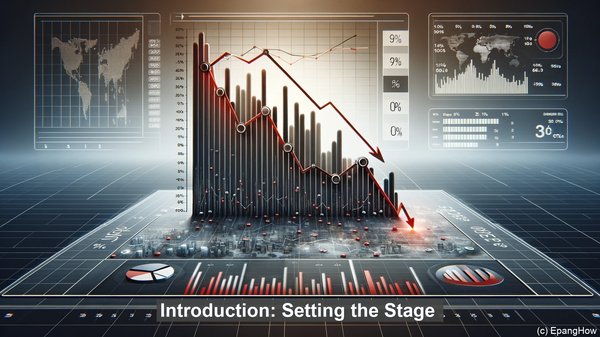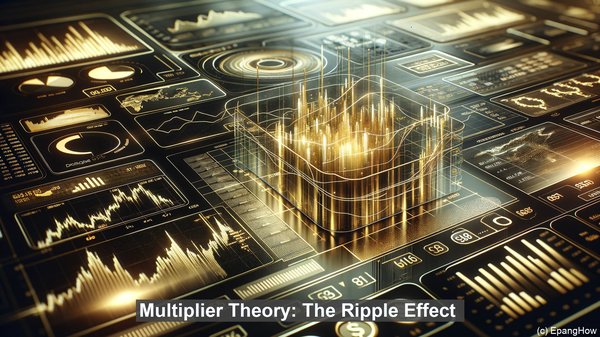Introduction: Setting the Stage
Hello, everyone! Welcome to our article on accelerator theory and multiplier theory in economics. Today, we’ll embark on a journey to understand the intricacies of these theories and their relevance in the world of economics. So, let’s dive in!

Accelerator Theory: The Engine of Economic Growth
Accelerator theory, as the name suggests, revolves around the concept of acceleration. It posits that changes in investment lead to magnified effects on the overall output of an economy. In simpler terms, an increase in investment doesn’t just result in a linear growth in output; rather, it sets off a chain reaction, propelling the economy forward at an accelerated pace. This theory is particularly relevant in the context of capital-intensive industries, where a substantial investment can trigger a significant surge in production and employment. However, it’s important to note that the accelerator theory also works in reverse. A decline in investment can have a compounding negative impact, potentially leading to an economic downturn.

Multiplier Theory: The Ripple Effect
While accelerator theory focuses on the initial investment, multiplier theory takes a broader perspective, considering the subsequent ripple effects. According to this theory, an injection of investment doesn’t just boost the immediate output; it sets in motion a series of additional expenditures, creating a multiplier effect. For instance, when a company invests in expanding its operations, it not only generates direct output but also creates demand for raw materials, machinery, and other goods and services. This, in turn, leads to increased production in those sectors, creating a ripple effect throughout the economy. The multiplier theory highlights the interconnectivity of various sectors, emphasizing how a single investment can have far-reaching implications.
Differences and Complementarity
While accelerator theory and multiplier theory differ in their primary focus, they are not mutually exclusive. In fact, they often complement each other, working in tandem to shape the economic landscape. Accelerator theory provides insights into the initial impact of investment, while multiplier theory sheds light on the subsequent dynamics. Together, they offer a comprehensive understanding of the complex relationship between investment and output. Moreover, these theories are not static; they evolve with changing economic conditions. For instance, during a recession, the multiplier effect might be dampened, as households and businesses prioritize saving over spending, leading to a reduced ripple effect.
